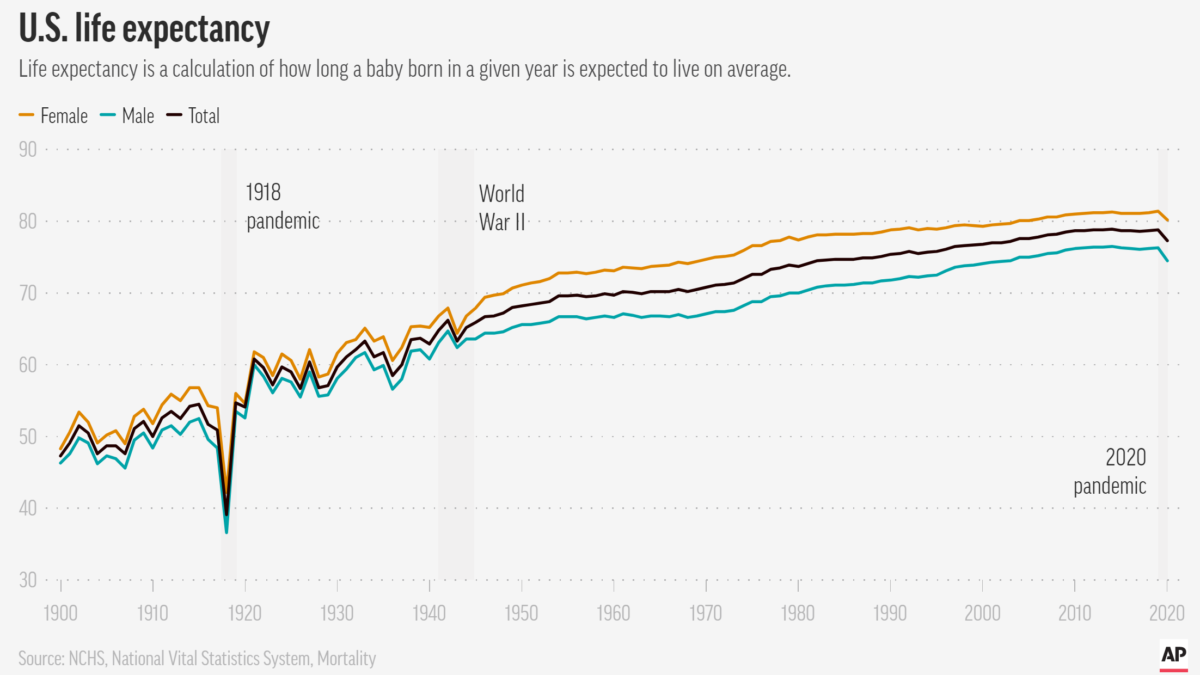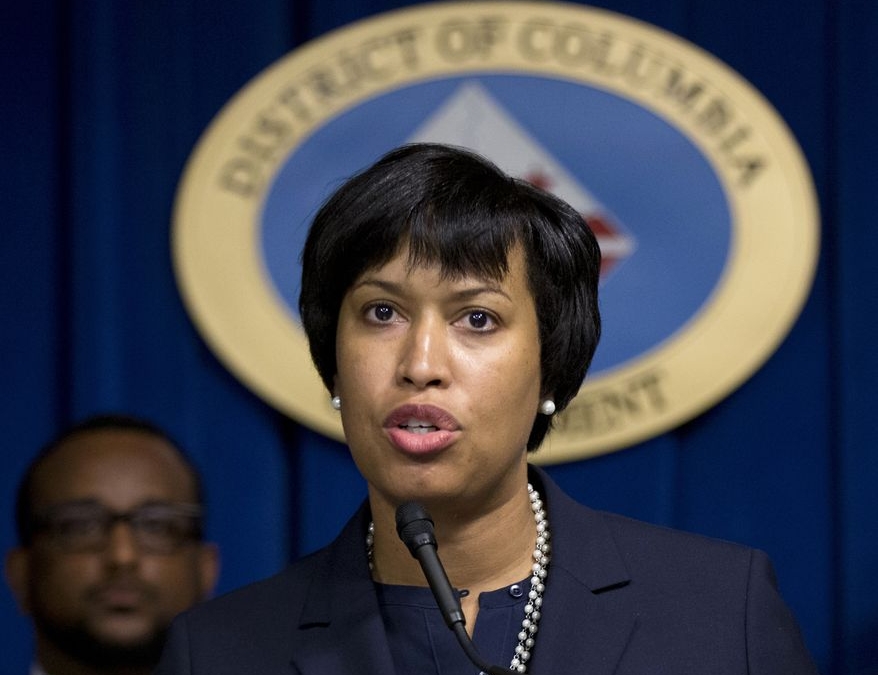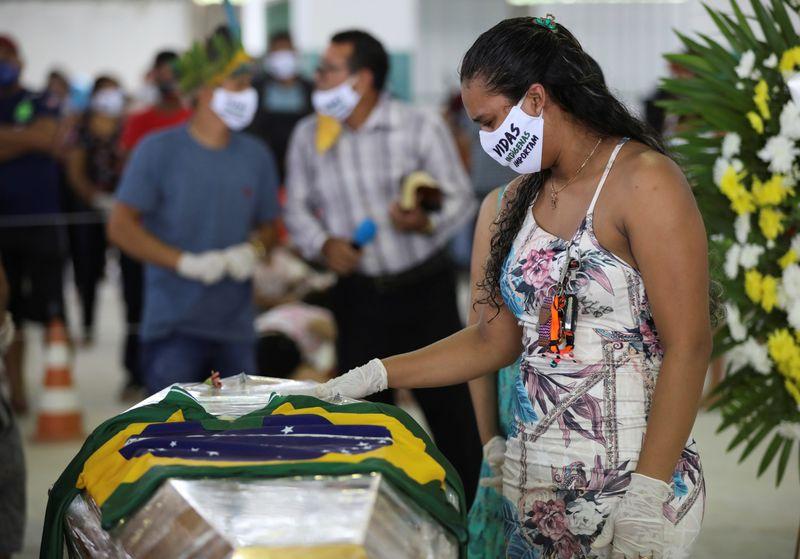Number of U.S. mass killings hit new high in 2019, most were shootings – “This seems to be the age of mass shootings”
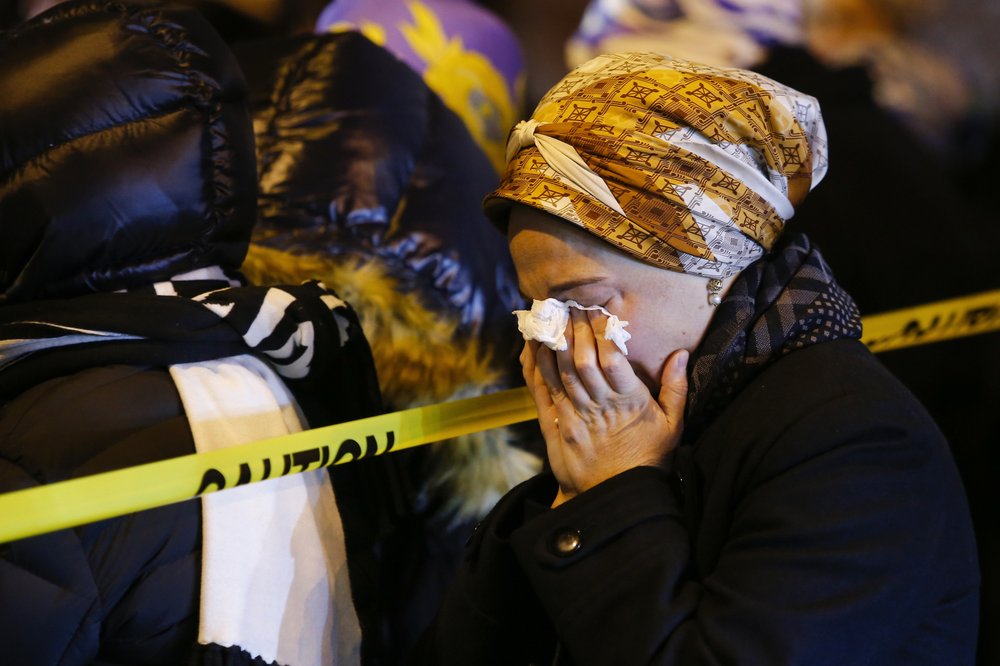
By Lisa Marie Pane
28 December 2019
(AP News) – The first one occurred 19 days into the new year when a man used an ax to kill four family members including his infant daughter. Five months later, 12 people were killed in a workplace shooting in Virginia. Twenty-two more died at a Walmart in El Paso in August.
A database compiled by The Associated Press, USA Today and Northeastern University shows that there were more mass killings in 2019 than any year dating back to at least the 1970s, punctuated by a chilling succession of deadly rampages during the summer.
In all, there were 41 mass killings, defined as when four or more people are killed excluding the perpetrator. Of those, 33 were mass shootings. More than 210 people were killed.
What makes this even more exceptional is that mass killings are going up at a time when general homicides, overall homicides, are going down. As a percentage of homicides, these mass killings are also accounting for more deaths.
James Densley, criminologist and professor at Metropolitan State University in Minnesota
Most of the mass killings barely became national news, failing to resonate among the general public because they didn’t spill into public places like massacres in El Paso and Odessa, Texas; Dayton, Ohio; Virginia Beach, Virginia; and Jersey City, New Jersey.
The majority of the killings involved people who knew each other — family disputes, drug or gang violence or people with beefs that directed their anger at co-workers or relatives.
In many cases, what set off the perpetrator remains a mystery.
That’s the case with the very first mass killing of 2019, when a 42-year-old man took an ax and stabbed to death his mother, stepfather, girlfriend and 9-month-old daughter in Clackamas County, Oregon. Two others, a roommate and an 8-year-old girl managed to escape; the rampage ended when responding police fatally shot the killer.
The perpetrator had had occasional run-ins with police over the years, but what drove him to attack his family remains unknown. He had just gotten a job training mechanics at an auto dealership, and despite occasional arguments with his relatives, most said there was nothing out of the ordinary that raised significant red flags.
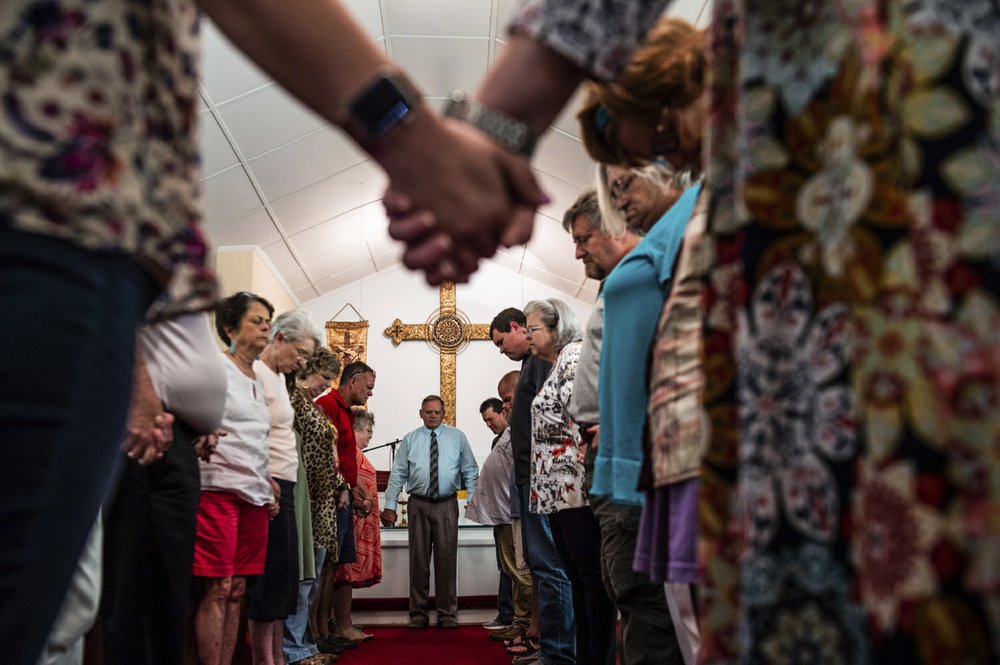
The incident in Oregon was one of 18 mass killings where family members were slain, and one of six that didn’t involve a gun. Among other trends in 2019:
- The 41 mass killings were the most in a single year since the AP/USA Today and Northeastern database began tracking such events back to 2006, but other research going back to the 1970s shows no other year with as many mass slayings. The second-most killings in a year prior to 2019 was 38 in 2006.
- The 211 people killed in this year’s cases is still eclipsed by the 224 victims in 2017, when the deadliest mass shooting in modern U.S. history took place in Las Vegas.
- California, with some of the most strict gun laws in the country, had the most, with eight such mass slayings. But nearly half of U.S. states experienced a mass slaying, from big cities like New York, to tiny towns like Elkmont, Alabama, with a population of just under 475 people.
- Firearms were the weapon in all but eight of the mass killings. Other weapons included knives, axes, and at least twice when the perpetrator set a mobile home on fire, killing those inside.
- Nine mass shootings occurred in a public place. Other mass killings occurred in homes, in the workplace or at a bar.
James Densley, a criminologist and professor at Metropolitan State University in Minnesota, said the AP/USA Today/Northeastern database confirms and mirrors what his own research into exclusively mass shootings has shown.
“What makes this even more exceptional is that mass killings are going up at a time when general homicides, overall homicides, are going down,” Densley said. “As a percentage of homicides, these mass killings are also accounting for more deaths. ”
He believes it’s partially a byproduct of an “angry and frustrated time” that we are living in. Densley also said crime tends to go in waves with the 1970s and 1980s seeing a number of serial killers, the 1990s marked by school shootings and child abductions and the early 2000s dominated by concerns over terrorism.
“This seems to be the age of mass shootings,” Densley said. [more]
